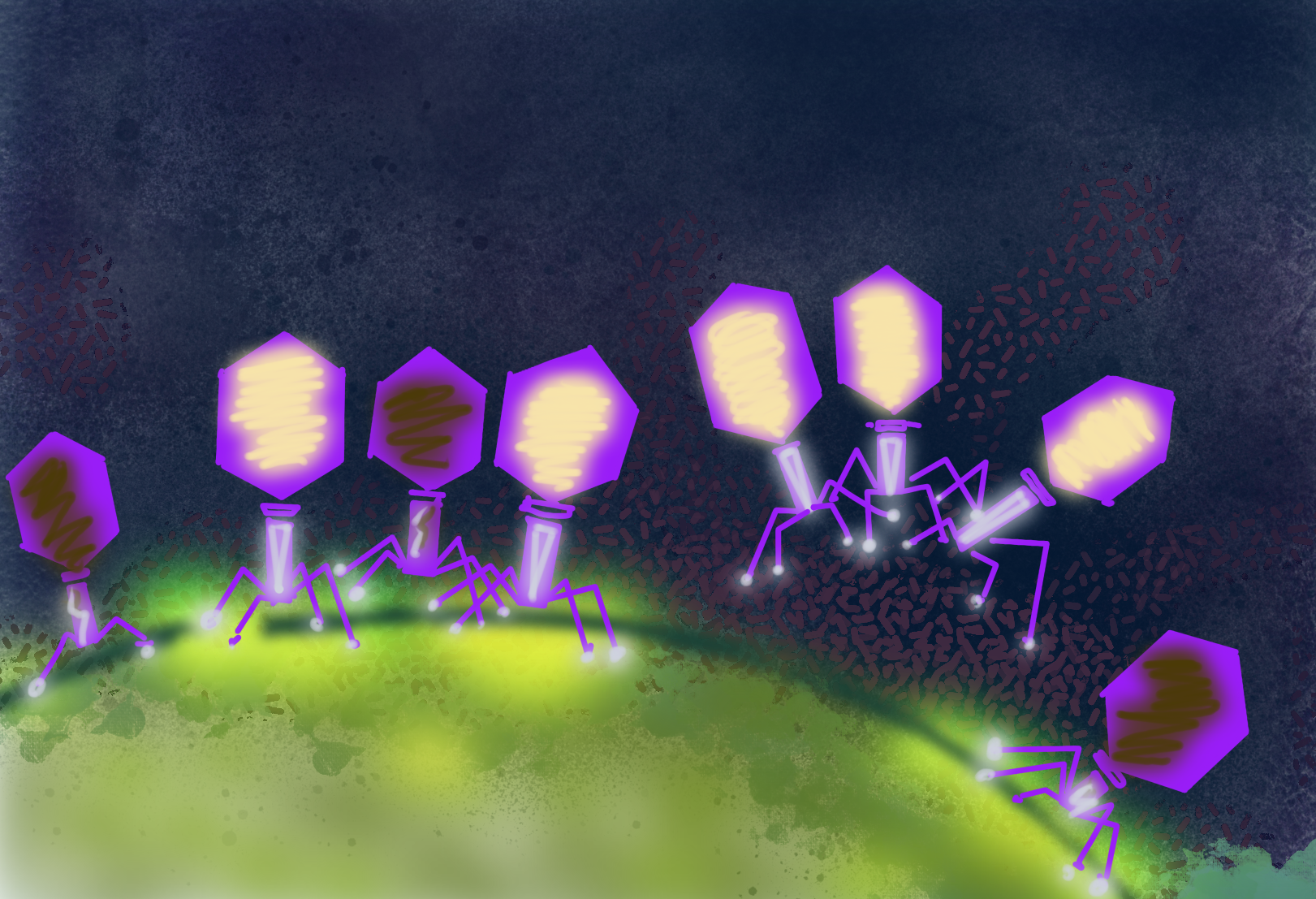Microbes in Arctic Soils Are Primed to React to Climate Change
Microbes in Arctic soils are equipped to respond rapidly to the diverse effects of ongoing permafrost thaw.

The Science
Global warming is heating the Arctic faster than the rest of the planet. Svalbard, an archipelago north of Norway, is warming even faster than the remainder of the Arctic, making it a “canary in a coalmine” for climate change research. This study investigated how microbial genes, enzymes, and cultures interact with the carbon stored in Svalbard soils. The study observed that Arctic microbes can produce enzymes capable of degrading the carbon compounds found in Arctic soils. These enzymes also work well at low temperature. In addition, the study found evidence that Arctic soil microbes have the ability to take up carbon dioxide (CO2). They are thereby well-adapted to take advantage of thawing permafrost conditions.
The Impact
Soil microbial communities play a central role in the ecosystem response to the rapidly thawing permafrost in the Arctic. This study demonstrated that microbes are equipped to respond to this change by degrading a wide range of types of soil carbon. This activity releases carbon from soil into the atmosphere. However, some are also capable of consuming carbon dioxide, removing some of it from the atmosphere. This means that permafrost active layer microbes may respond quickly to climate change, leading to active participation in CO2 emissions feedback loops between warmer temperatures and the carbon cycle in the Earth’s far northern and southern regions.
Summary
Measurements show that the active layer of permafrost in Ny Ålesund, Svalbard (79 degrees north latitude) around the Bayelva River in the Leirhaugen glacier moraine is a small net carbon sink at the brink of becoming a carbon source. In many permafrost-dominating ecosystems, researchers have shown that microbes in the active layers drive organic matter degradation and greenhouse gas production, creating positive feedback on climate change. However, the microbial metabolisms linking the environmental geochemical processes and the populations that perform them have not been fully characterized.
In this study, researchers from the University of Tennessee, Princeton University, the Alfred Wegener Institute in Germany, and Humboldt-University of Berlin used geochemical, enzymatic, and isotopic data paired with experiments on cultures and metagenomic libraries of two active layer soil cores (BPF1 and BPF2). Relative to BPF1, BPF2 had much more labile organic matter. The d13C values for inorganic carbon did not correlate with those of organic carbon in BPF2, suggesting lower heterotrophic respiration. An increase in the d13C of inorganic carbon with depth either reflects an autotrophic signal or mixing between a heterotrophic source at the surface and a lithotrophic source at depth. Potential enzyme activity of xylosidase and N-acetyl-b-D-glucosaminidase increases twofold at 15 degrees C, relative to 25 degrees C, indicating cold adaptation in the cultures and bulk soil. Potential enzyme activity of leucine aminopeptidase across soils and cultures was two orders of magnitude higher than other tested enzymes, implying that organisms use leucine as a nitrogen and carbon source in this nutrient-limited environment. Besides demonstrating large variability in carbon compositions of permafrost active layer soils only 84 meters apart, results suggest that the Svalbard active layer microbes are often limited by organic carbon or nitrogen availability and have adaptations to the current environment, and metabolic flexibility to adapt to the warming climate.
Contact
Dr. Karen G. Lloyd
University of Tennessee
klloyd@utk.edu
Funding
Funding was provided by the Department of Energy Office of Science, Biological and Environmental Research program. Additional support came from the Simons Foundation, the National Science Foundation’s (NSF) Dimensions of Biodiversity program, and the NSF ASPIRE program.
Publications
Sipes, K., et al., Active layer organisms from Ny Ålesund, Svalbard (79°N) show heterotrophic and autotrophic metabolism within carbon cycling. 2022. Frontiers in Microbiology. 12, 757812. [DOI: 10.3389/fmicb.2021.757812]
Highlight Categories
Performer: University



